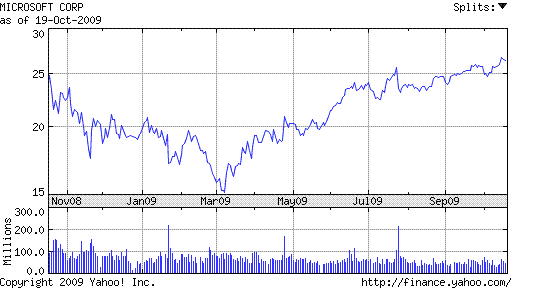In the investment decision we ensure that we have performed all of the relevant checks. We do some additional checks and document the appropriate information for future reference.
We won’t worry about portfolio performance and balancing in this lesson. That’s covered in the next lesson – Portfolio Management.
What’s the investment decision all about?
So far in this tutorial we’ve:
- talked about the attributes of a winning stock
- learned how to use a stock screener to find stocks with winning attributes
- filtered our potential stock investments through our KPI (Key Performance Indicator) filters
- performed basic stock chart analysis
- analyzed the business from a high-level perspective
- examined the company’s growth and profitability
- assessed the firm’s financial health
- had a quick look at the management
- checked out the firm’s industry, and
- determined if the stock is cheap enough to buy
Our analysis is virtually finished. We just need to quickly step through the analysis and selection process we’ve just been through to make sure we’ve performed all of the required checks and the results of those checks are all positive.
It’s up to you how you do this. I use a spreadsheet to record all of the data in the analysis process. I ensure that I’ve filled in all the sections and that all checks turned out positive.
In the past I’ve used a simple checklist. All that matters is that you ensure that you’ve completed a full analysis process and covered all your bases.
In the next lesson we decide how many shares to buy. At that stage we’ll enter our purchase price, the quantity bought, and the purchase date into our spreadsheet (or checklist etc). The reason for this is to keep all relevant information in one place. This makes it easy to get your information together at tax time or if you decide to audit your investment performance.
What other checks need to be carried out?
In the world of business and finance, things can move quickly. Before purchasing stocks you need to make sure that you’re up to date with the latest news related to the stock your about to purchase.
Financial websites such as Yahoo Finance, MSN Money, or stock exchange websites will have a section containing the latest company announcements for your stock. It’s a good idea to peruse the most recent company news items to get an idea of what’s been happening with the company lately. That way you’ll be making the most informed stock purchasing decision.
Another item to look at is your stock’s average daily traded volume. This gives you an idea of the level of interest in a stock on daily basis. This is important because you want to buy shares in companies that are traded in sufficient daily volumes. If a stock is thinly traded you might not have the opportunity to buy when you want to because there aren’t enough sellers. The same goes for selling. If not enough people are buying then you could be stuck with your stocks after you decided to sell.
You can find the average daily traded volume at the bottom of a stock chart. See the blue bars in the chart below. Each bar represents the total buying and selling activity on one day.
What’s next?
So you’ve analyzed your potential stock investment from all angles. You’re satisfied that you’ve done all you can do to ensure the company behind the stock is sound. You’re happy with the investment decision.
In the next lesson we look at how our portfolio is weighted. We determine how many shares to buy and record the details of our purchase.
Summary Points
- Cover all of your bases before purchasing a stock
- Read the latest company announcements
- Check the average daily traded volume
- Buy shares with confidence knowing that you’ve performed the required level of due diligence
- Continue on to Lesson 12: Portfolio Management
